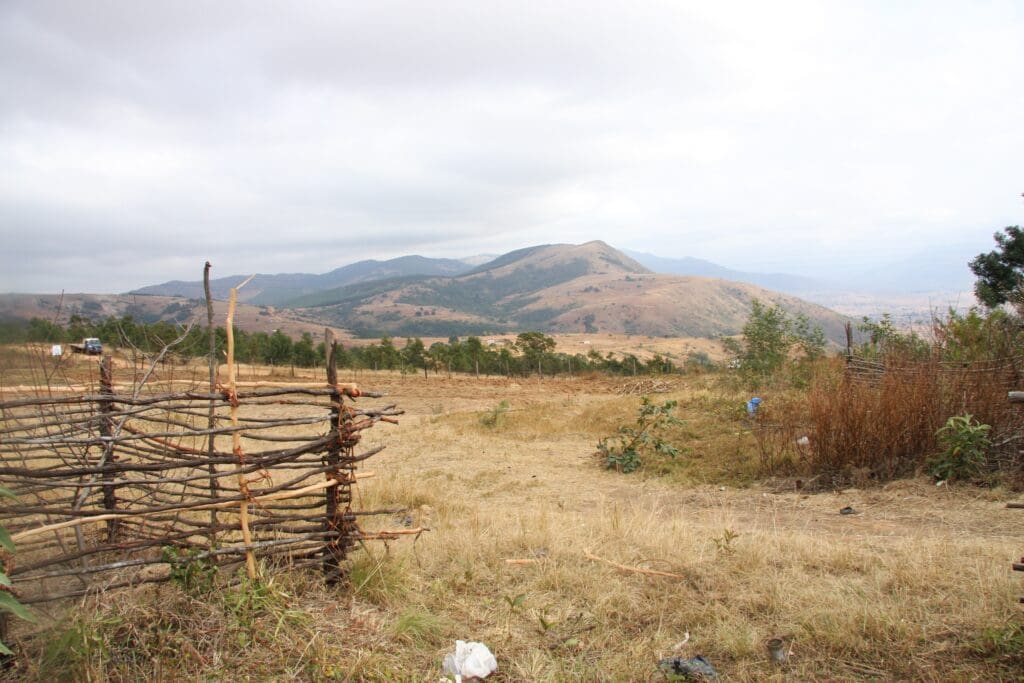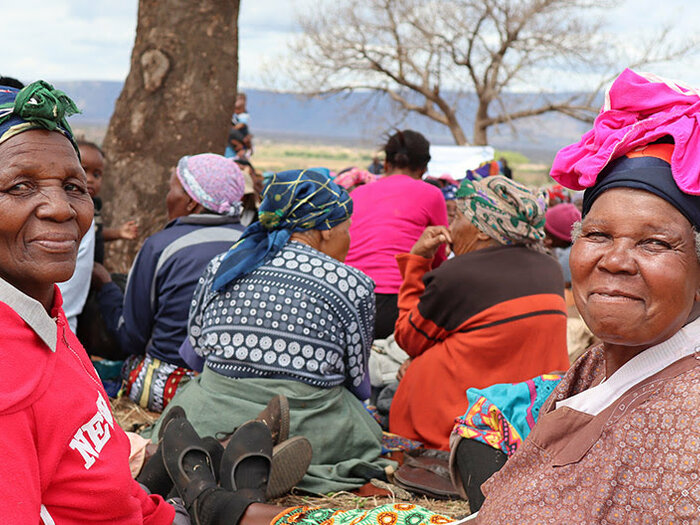
Eswatini
Formerly known as Swaziland, this land-locked country struggles with a high rate of poverty and HIV, in addition to food insecurity.
The Situation
Despite its status as a lower middle-income country, 63 percent of the population live below the national poverty line.
Eswatini has a very high HIV prevalence, impacting 26 percent of the population between the ages of 15 and 49. Life expectancy is 49 years, and 45 percent of children are orphaned or vulnerable.
Chronic malnutrition is a main concern in Eswatini. Stunting impacts 26 percent of children under age five. Eswatini is vulnerable to drought in the southeastern part of the country. Seventy-seven percent of Eswatini rely on subsistence farming for their livelihoods.


WFP’s Work in Eswatini
WFP has been present in Eswatini since the 1960s. WFP supports the Government in providing social safety nets for 52,000 orphans and vulnerable children under age eight, providing on-site nutritious meals to in neighborhood care points. Many of these kids live with relatives or in child-headed households, while these care points serve as a safe space for boys and girls to get access to early education and care.
WFP provides emergency assistance to 70,000 people in some of the most drought-affected areas in the country. WFP provides a monthly household ration of cereals, beans and oil.